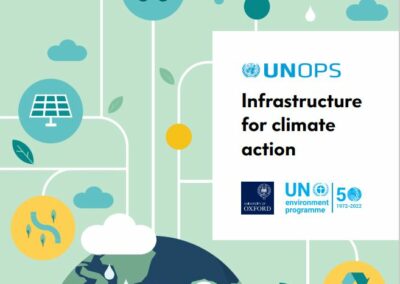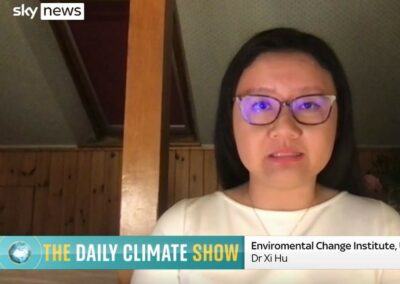Abstract
Solid Waste Infrastructure Modelling Software (SWIMS) is a life cycle assessment model running for all 11 Government Office Regions (GOR) of Great Britain (GB). SWIMS is programed to simulate the waste arisings, waste collection and management at a GOR, national and international level with interdependencies between levels. SWIMS main aim and design is to operate as a decision support tool to determine the financial costs and potential climate impacts associated with the management of waste(s). Life cycle assessment (LCA) models were developed for each waste management (/treatment) process (e.g. composting, anaerobic digestion, incineration, including multiple configurations of each). These models were developed based on the waste management process modules included in the LCA software, EASETECH. EASETECH, developed at the Technical University of Denmark (DTU), is the most sophisticated LCA modelling tool currently available for the environmental assessment of waste management technologies (Clavreul et al., 2014). The software has been used in previous LCA studies of solid waste management systems for the purpose of decision support (Yang et al., 2014; Butera et al., 2015; Turner et al., 2015). SWIMS is governed by two main sets of variables; strategies and scenarios. Strategies define the waste arisings, policy and governance constraints (e.g. landfill tax and the constraints in the landfill directive and waste framework directive) as well as the range/priorities of new infrastructure (e.g. prioritising material recovery leads to different outcomes from prioritising energy recovery). Scenarios are based on models run within the ITRC NISMOD 1 project for demographics and economics that impact the regional GVA and population, which also affects waste arisings per GOR (Hall et al., 2016). Strategies govern the transfer of waste to facilities within a GOR, between GOR’s and internationally based on a series of pathfinder algorithms ensuring that for each year all waste has been treated (e.g. excess waste will be exported internationally for treatment). Upon completion of a single year, SWIMS calculates the potential future capacity utilisation and determines the facility upgrades and new infrastructure that could be built to ensure all waste arisings are treated and meet the constraints set within the strategies for each GOR. The suggested infrastructure is then staged for commissioning to ensure all waste is managed according to the strategy selected. SWIMS operates within a system of systems model that allows it to be governed beyond the scenarios and strategies of the standalone model, to enable other infrastructure areas to influence and be influenced by the model. The model is currently being used to advise the UK Government’s National Infrastructure Committee (NIC) to determine the solid waste infrastructure needs over the next 30 years. Butera, S., Christensen, T.H. and Astrup, T.F. (2015) Life cycle assessment of construction and demolition waste management. Waste Management, 44, 196-205. Clavreul, J., Baumeister, H., Christensen, T.H. and Damgaard, A. (2014) An environmental assessment system for environmental technologies. Environmental Modelling & Software, 60, 18-30. Hall, J.W., Tran, M., Hickford, A.J. and Nicholls, R.J. eds., 2016. The Future of National Infrastructure: A System-of-Systems Approach. Cambridge University Press. Turner, D.A., Williams, I. and Kemp, S. (2015) Greenhouse gas emission factors for recycling of source-segregated waste materials. Resources, Conservation & Recycling, 105 Part A, 186-197. Yang, N., Damgaard, A., Lu, F., Shao, L.M., Brogaard, L.K. and He, P.J. (2014) Environmental impact assessment on the construction and operation of municipal solid waste sanitary landfills in developing countries: China case study. Waste Management, 34 (5), 929-937.
Authors
Roberts, K.P., Coello, J., Turner, D.A., Bello, I.A., Stringfellow, A.M., Powrie, W., and Watson, G.V.R.


